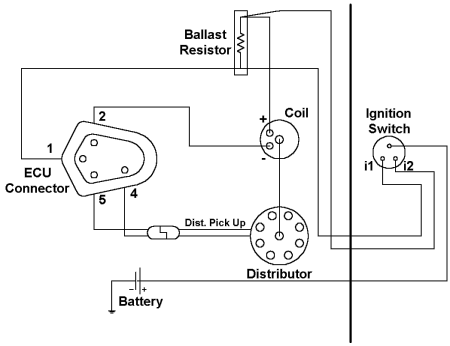rob_robinson87
Well-Known Member
Ok, now that I have my new battery and it is charged (putting out 12.7 volts without car running) I was looking to where I can tie in my electric choke. Upon checking for power with key on, I find that the voltage at the voltage regulator (center pin) that connects to the key on and to alternator field, drops to 11.3 volts when the 12+ (key wire) connector is attached to the ballast resistor (and coil). Should I see that much drop? Since that same circuit runs to the alternator, I'm afraid that it will affect how the alternator charges. I have made some upgrades such as headlight relays and the jumper from the alternator to the starter relay to ease the interior wiring.
As long as the ballast is unplugged, I get the full 12 volts at the voltage regulator and of course, the alternator. Before I start ripping wiring out, I thought I would check to see if you think that the ignition switch, or coil could cause this, or would it be deeper into the wiring (such as the dreaded bulkhead connector).

As long as the ballast is unplugged, I get the full 12 volts at the voltage regulator and of course, the alternator. Before I start ripping wiring out, I thought I would check to see if you think that the ignition switch, or coil could cause this, or would it be deeper into the wiring (such as the dreaded bulkhead connector).



















